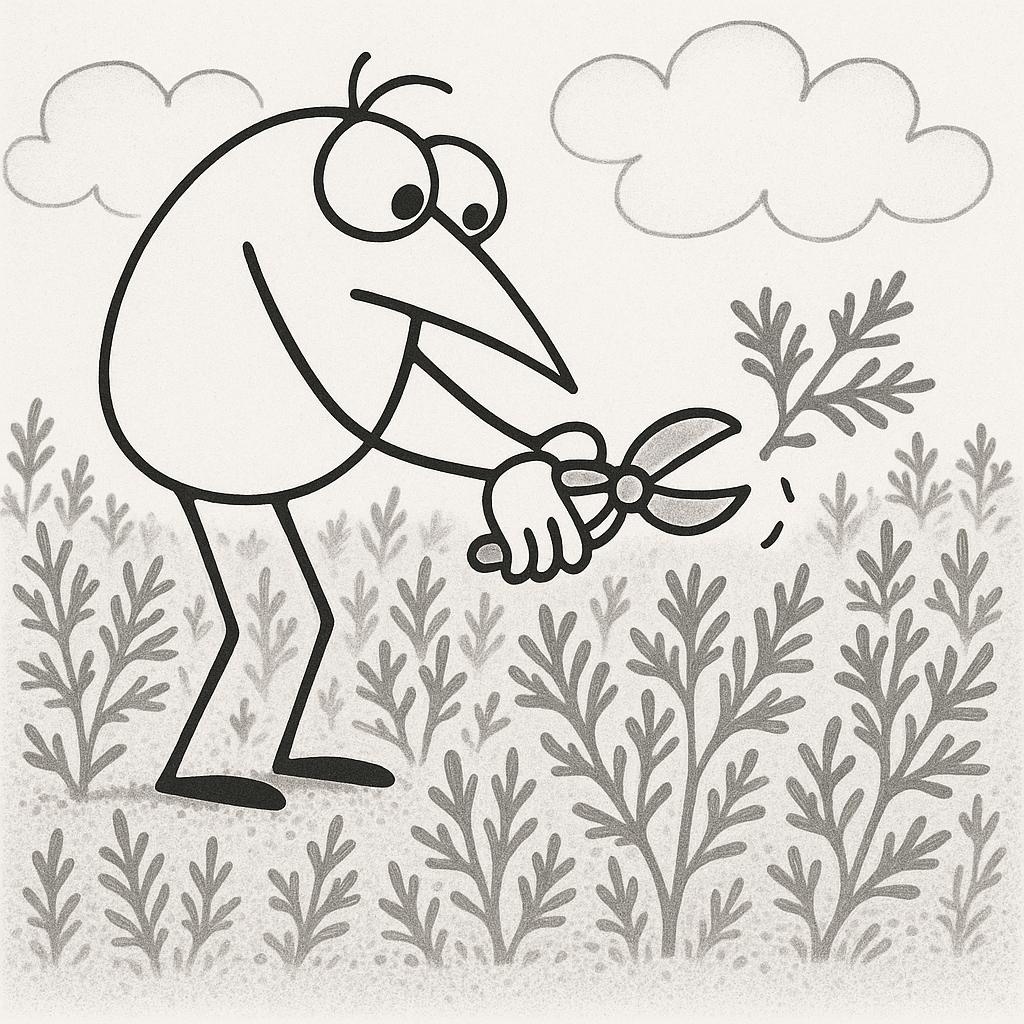 |
Mugwort HarvestThe mugwort we harvest is not cultivated; it is "wild" gathering. It grows naturally without insecticides, pesticides or chemical fertilizers in organic farming areas. The place where it grows gives it specific virtues due to the climate and altitude. It reaches the peak of its qualities at the summer solstice. It is harvested on leaf days of the lunar calendar, like the druids cutting mistletoe and finding in these gestures a whole symbolism. |
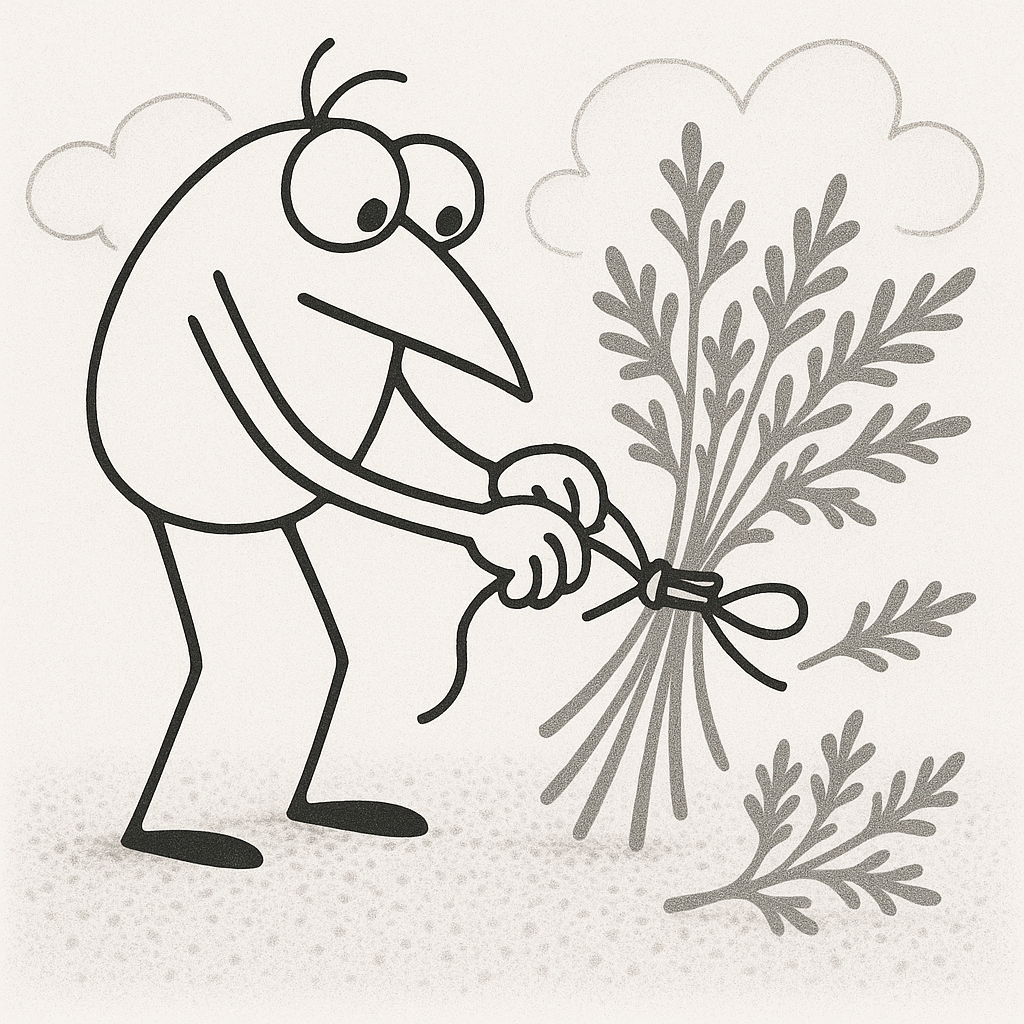 |
Bouquet PreparationCut stem by stem, the mugwort is gathered into bouquets. |
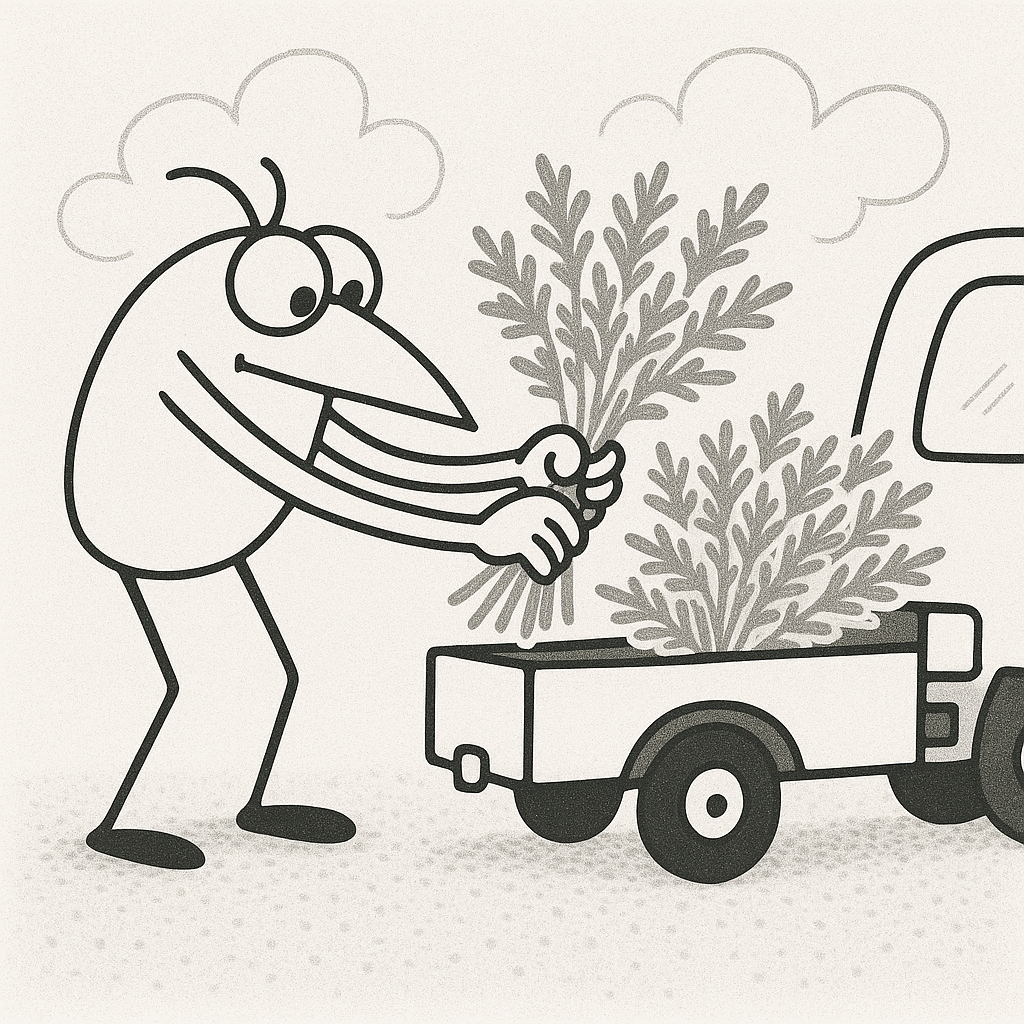 |
TransportWithin hours after its harvest, it is immediately transported to our workshops to avoid deterioration. |
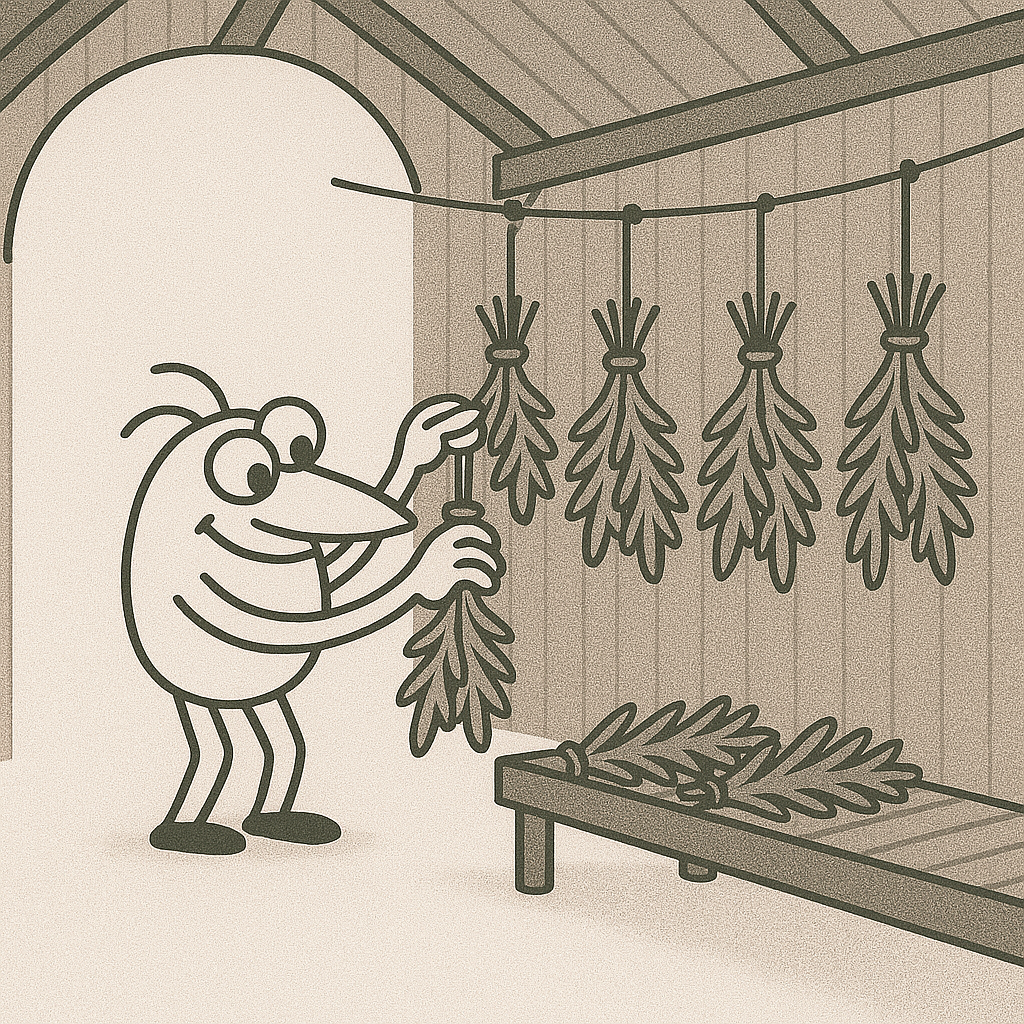 |
DryingThe mugwort is hung in a ventilated dryer under shelter for several months, head down to maximize its energy. |
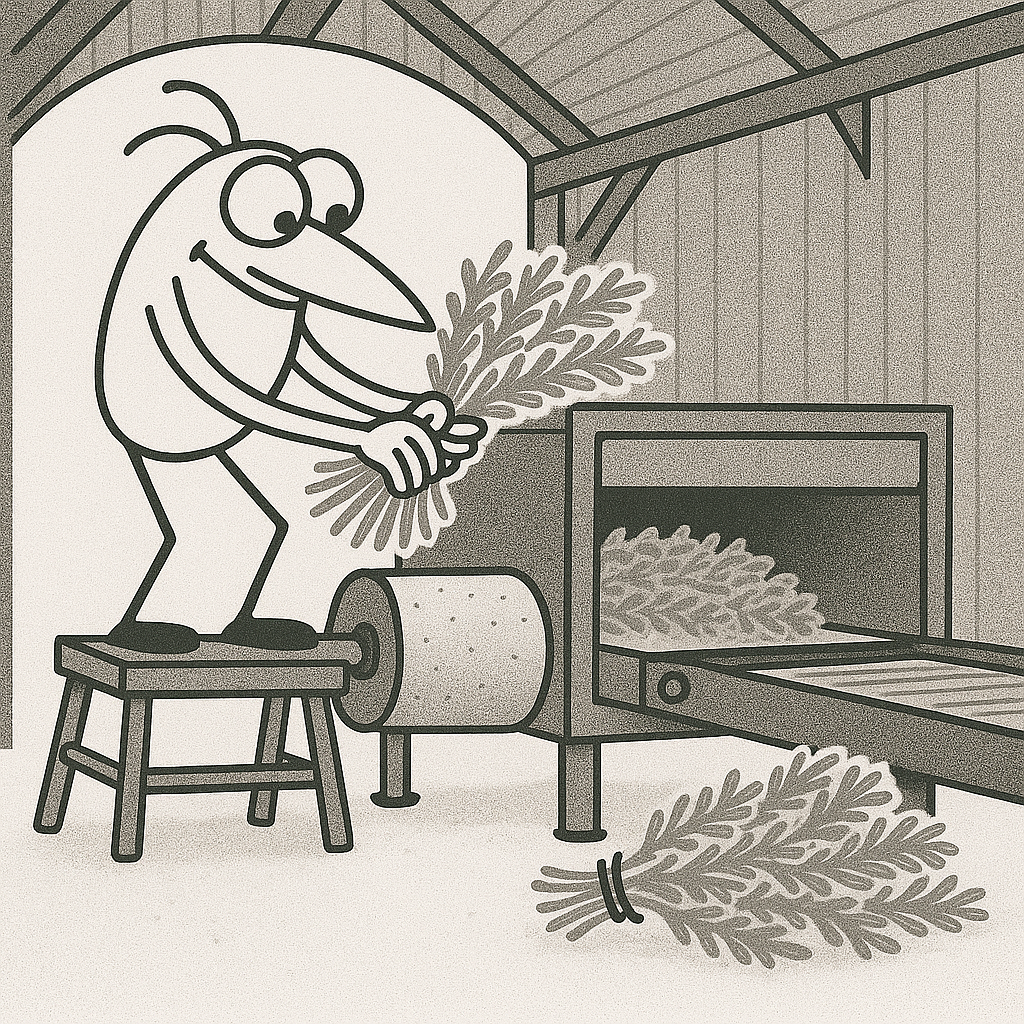 |
DefoliationAfter a few months, the mugwort is dry. The mechanical defoliation then begins. |
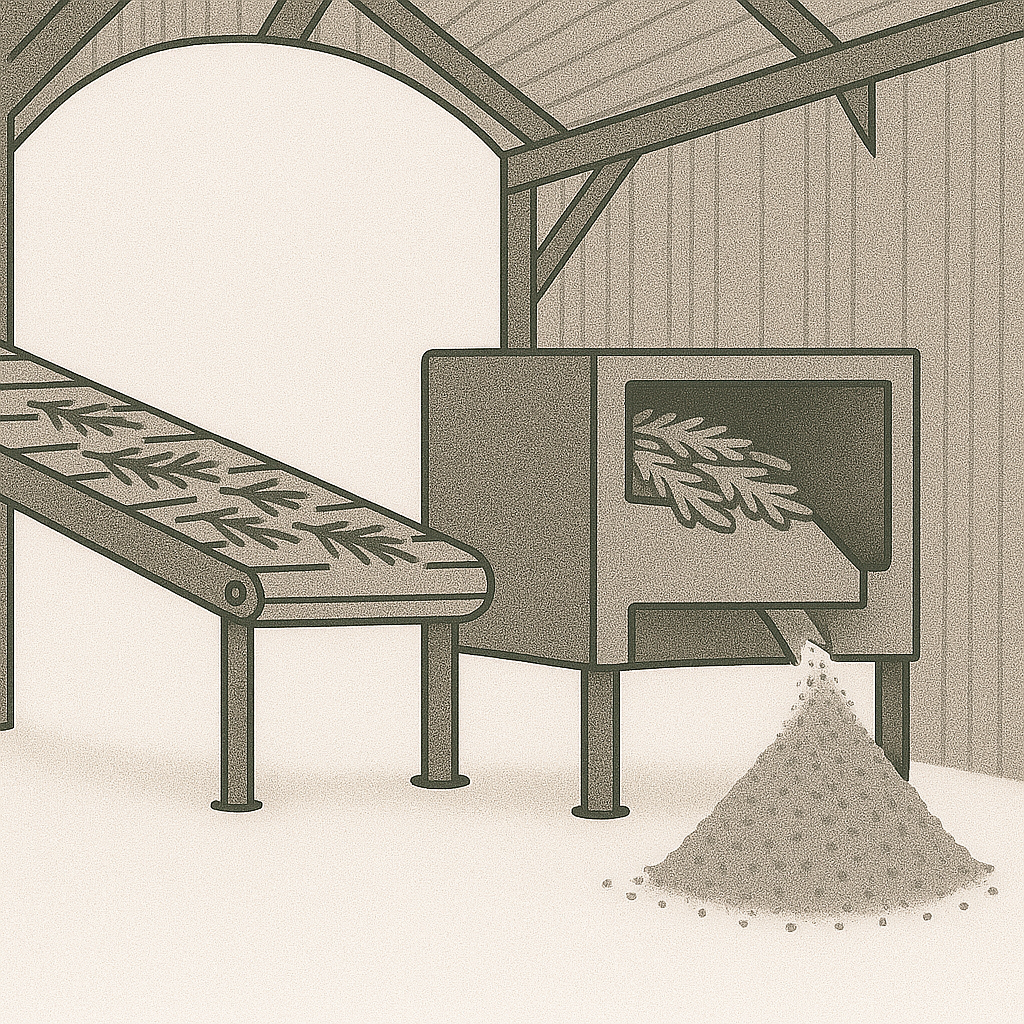 |
GrindingThe leaves are ground in a mill, resulting in a fine powder made solely of leaves. The stems are gathered into bundles and used for mulching. The same mugwort powder can be refined several times in the mill with increasingly fine sieves to remove as much as possible of the top of the leaves, keeping only the white down underneath. This is how the purified tow is produced, with its soft wool-like texture and golden color. |
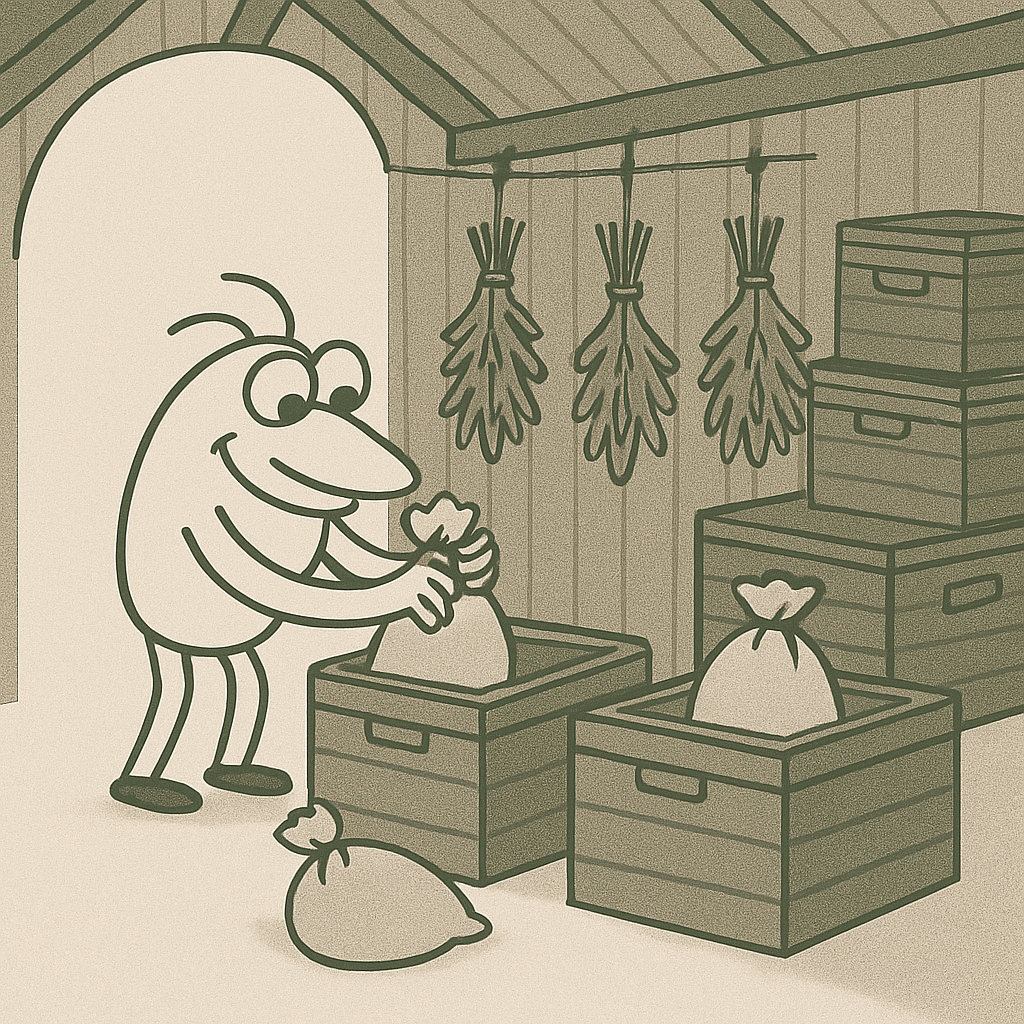 |
AgingThe crushed mugwort is stored away from air and light for several months. The older it gets, the better its quality. Usually, 2 to 3 years pass before packaging and sale. |
 |
PackagingAfter grinding, the mugwort is packaged in our workshop in rolls of different diameters, wrapped in very fine and strong paper. These rolls are called "moxas", from the Japanese "moguza" meaning "prolonged fire". |
 |
Cutting and BoxingThe rolls are cut into sticks and manually placed into boxes. |
en
